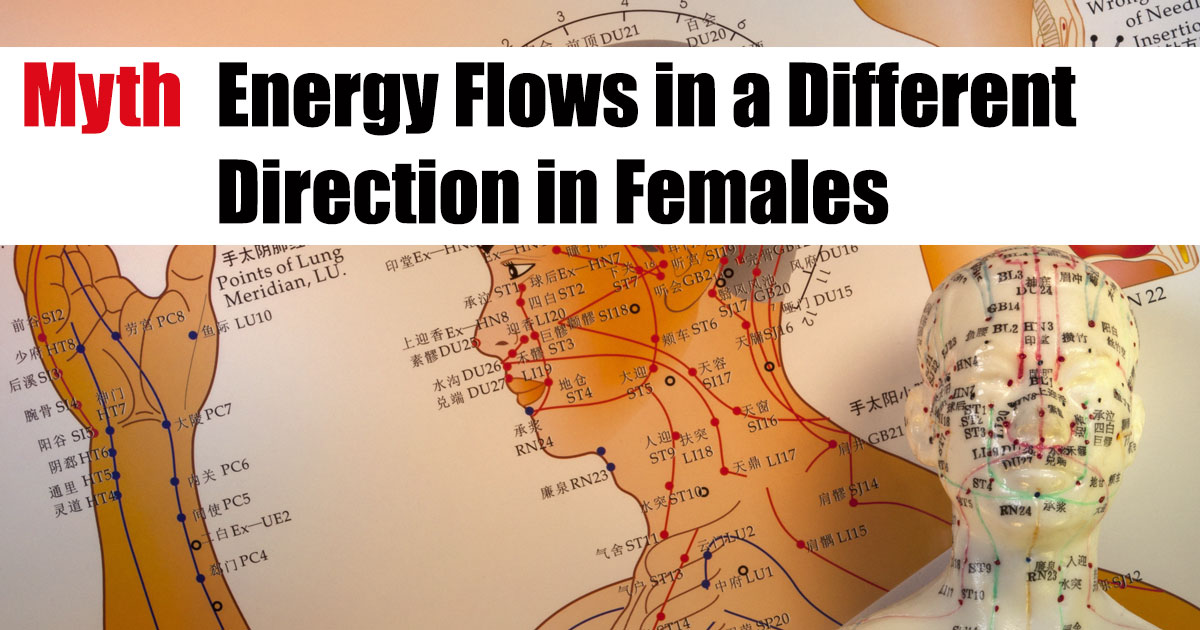This is a myth that has been around a long time and I have absolutely no idea why. To develop our Martial Science, the founders of DSI and its instructors have invested countless hours studying Traditional Chinese Medicine (TCM), Western Anatomy and Physiology (A&P), and much more. Unfortunately, we cannot find a single source that references this touted phenomenon. Of course, this makes it instantly suspicious.
I challenge anyone adhering to this to provide substantial evidence of accepted and documented resources to corroborate these claims. Why does it matter you ask? First of all, critics scoff at the misinformation which gives them fuel to ridicule the traditional arts. It is difficult enough to get Westerners to accept an Eastern paradigm without adding such outrageous claims.
From a practical perspective, whether the strike a meridian with or against the flow of energy does indeed matter. It can have either a tonifying or sedating effect. Tonifying a meridian which you are trying to sedate, for example, could nullify the intended result. In other words, you don’t want to increase the energy in a meridian that you are attempting to drain. You may strengthen an opponent you intend to weaken.
From a basic perspective, energy flows in a meridian in the same direction in which the point numbers increase. This is well documented in all TCM books and resources. So, it will flow from the first point in a meridian toward its last point.
Of course, there can be times when this generality is not entirely accurate, such as when counter-flow of energy has been encountered in the meridian. There are even points prescribed in Acupuncture to “control the counter-flow.” This can occur due to either medical issues or Martial Arts manipulations. We have developed techniques to create this condition to enhance the results of our techniques. Moreover, energy does not always enter at the first point of energy and can enter at an Entry Point; likewise, it can exit before the last point of a meridian known as an Exit Point. In all cases, however, the direction of flow of energy is not dependent upon gender nor is it different between the sexes.
Of all of the research we have conducted, we have never come across an academic journal with this “information.” If it exists, we would like to know so we are able to correct our information and ensure we are not spreading misinformation. In the meantime, we are going to consider this one a myth.






